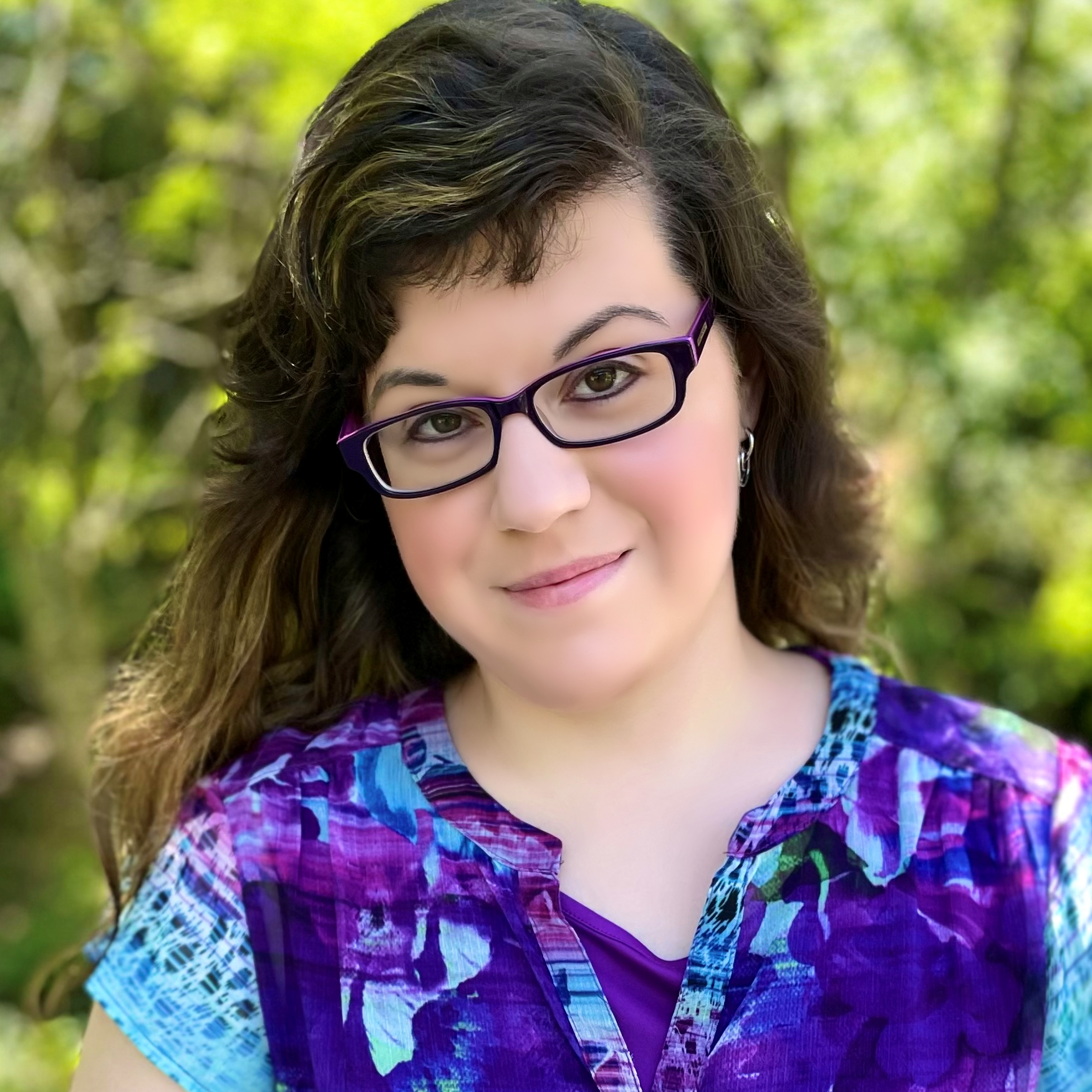Craft the Next Great Christian Story.
We help Christian writers enthrall readers with honest storytelling that depicts both beauty & brokenness.
Take our quiz to discover where you need to grow to be able to delight and impact readers.
The Story Embers Principles
Writing Is a Craft
Five-star stories don’t happen overnight. You don’t need get-rich-quick schemes shoved in your face. You need training and support that sets you up for the long haul.
Storytelling Must Be Genuine
Novels should be about more than a faith-based message. Storytellers honor God by imitating the way He tells stories, not by bland sermonizing.
Quality Matters
You don’t need beginner’s advice you’ve read on a dozen other blogs. In everything we do, we seek to provide a unique perspective on melding robust faith with exceptional craft.
Our Process for Helping Storytellers
Step #1: Diagnose Your Biggest Weakness & Get Resources to Overcome It
When you don’t know where to focus your energy, improving your storytelling can be difficult. That’s why we created the Writing Weakness Quiz. It identifies which area of writing you struggle with the most and then matches you with resources designed to help you strengthen that skill.





Meet Your Guides
We’re a group of outside-the-box thinkers who want to help you ask tough questions through stories that are rich with meaning.

Brianna Storm Hilvety
Content Director
Professional Editor
Lifetime Member of Hope*Entrepreneurs

Mariposa Aristeo
Public Relations Director
Upcoming Debut with Enclave Publishing
ACFW First Impressions Finalist

Daeus Lamb
Summit Host
Author of God of Manna
Founder of Excelsior Writing School
Step #2: Join Our Commitment to Excellent Storytelling
Shortly after founding the site, we published the Christian Storytellers Manifesto in order to…
- Declare our resolve to aim for excellence instead of being content with subpar literature.
- Offer a different perspective on the standard we should use to judge our proficiency as storytellers.
- Unite like-minded writers to support each other and elevate the quality of Christian fiction.
Join the movement by reading our 15 resolutions and signing the Christian Storytellers Manifesto today.
Step #3: Grow Through the Blog
Every second Monday of the month, we publish an article that discusses the intersection of faith & fiction, how to cultivate effective writing habits, or other advice that helps Christian storytellers like you hone your creative gifts. Below are a few of our recent posts.
How to Avoid Cheap Grace When Redeeming a Villain
Few events showcase the power of redemption as beautifully as the repentance of a hardened villain. But few events undercut the nature of redemption as starkly as a villain who forsakes evil without self-reproach or fallout. Unfortunately, today’s media...
Fiction and Reality Aren’t as Far Apart as You Think
In the midst of writing, have you ever been seized with the fear that it’s all a pointless accumulation of falsehoods? That the heart you’ve poured into your stories can be stoppered up with the phrase “it’s not real”? The task of fiction writing is...
A Reliable Test to Determine Whether Your Novel Glorifies Evil
For the first six years of my writing life, I didn’t know how to find the exact spot where a story sinks into a bottomless pit of darkness. Nobody around me could agree on which kinds of content deserved an R rating, and I wasn’t sure what my own stance should...
How to Avoid Cheap Grace When Redeeming a Villain
Few events showcase the power of redemption as beautifully as the repentance of a hardened villain. But few events undercut the nature of redemption as starkly as a villain who forsakes evil without self-reproach or fallout. Unfortunately, today’s media...
Fiction and Reality Aren’t as Far Apart as You Think
In the midst of writing, have you ever been seized with the fear that it’s all a pointless accumulation of falsehoods? That the heart you’ve poured into your stories can be stoppered up with the phrase “it’s not real”? The task of fiction writing is...
Step #4: Get Intensive Training Through Our Annual Summits
Every year we host a virtual writing conference where we take a deep dive into the connections between faith and craft. Join our next summit to heighten your skills, or peruse the recordings of our first four summits below.
Don’t Settle for Second-Rate Storytelling
We’re not here to tell you that great storytelling is effortless or that one weird trick will solve all your problems (it won’t).
Instead, we’re here to equip you with training and support so you can write stories that make a difference.
Are you ready to take the first step?
© 2025 Story Embers | Terms | Privacy







